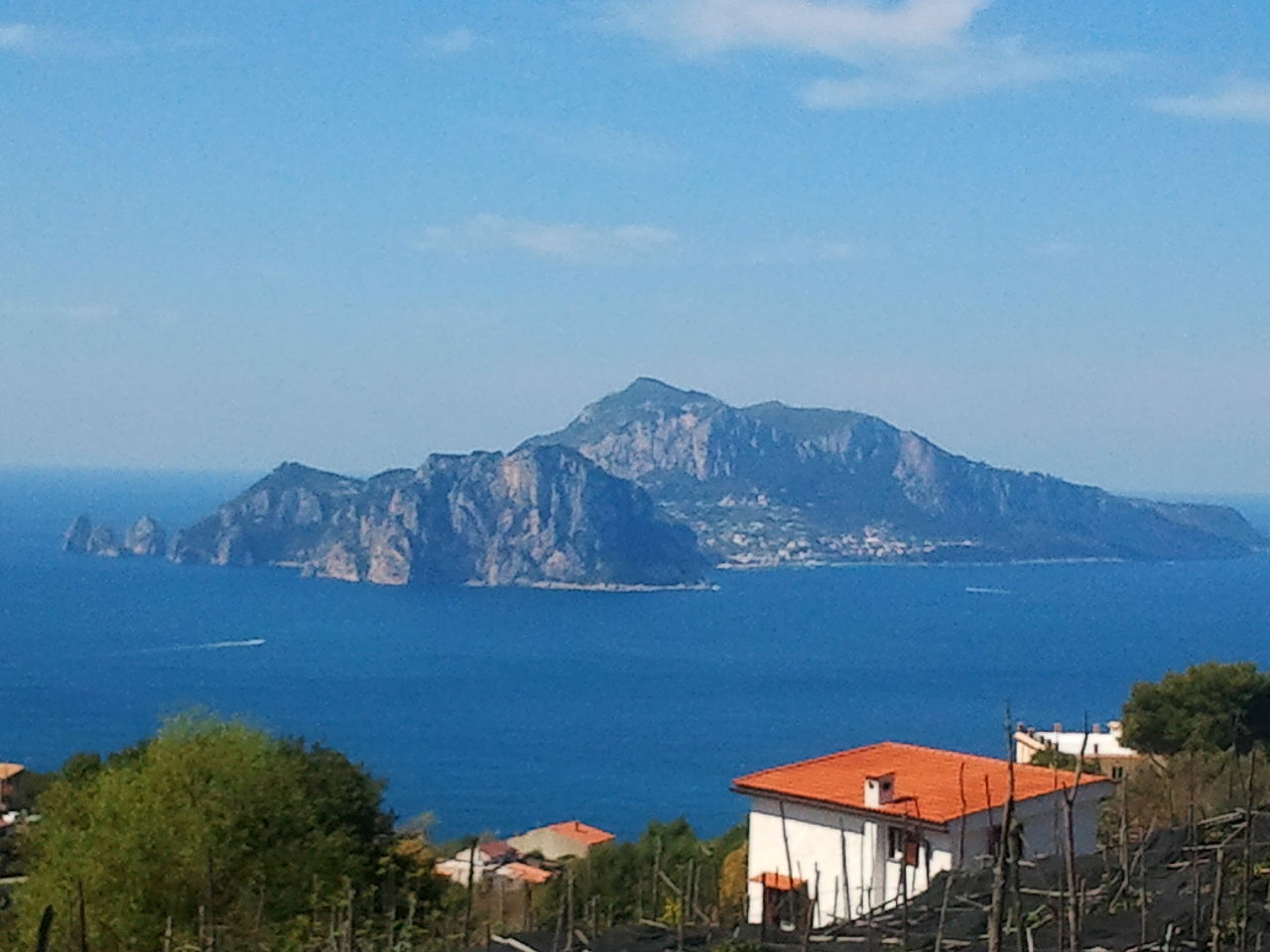On to the Nemrod Java snorkel-mask. Java (above) is one of the Greater Sunda Islands in Indonesia. It is bordered by the Indian Ocean to the south and the Java Sea to the north. With a population of 151.6 million people, Java is the world's most populous island, home to approximately 56% of the Indonesian population. Like the Capri, the Nemrod Java made its début in the mid-1950s:
Spanish: "
Mod. 2070. — Lentes ASTERIA modelo JAVA, con aro metálico de seguridad, respirador acoplado y sistema de doble boya, de respiración por nariz y aspiración por la boca o viceversa indistintamente".
Rough translation: "
Model 2070. — ASTERIA JAVA model diving mask, with metal security band, attached breathing tube and double valve system for nose and/or mouth breathing".
1955
Spanish: "
PS-2070 Lentes Asteria modelo Java, sistema de aspiración por la naríz y respiración por la boca. Boya con doble válvula que impide penetre agua en su interior.
Rough translation: "
PS-2070 Asteria Java model diving mask. Nose and mouth breathing system. Double valve devices prevent water ingress".
1959
Spanish: "1959. Lentes «Nemrod» con respirador modelo JAVA".
Rough translation: "'Nemrod' Java model diving mask fitted with breathing tube".
1961
Spanish: "
PS/2070. — JAVA — Con aro metálico de seguridad, respirador acoplado y sistema de dobla boya, de respiración por nariz y aspiración por la boco o viceversa indistintamente. Provisto de membrane expulsora de agua".
Rough translation: "
PS/2070. — JAVA. — Fitted with metal security band, attached breathing tube and double valve system for nose and/or mouth breathing. Equipped with a water-expelling membrane".
So a snorkel-mask retained on the head by a harness. One breathing tube emerging via a flexible hose from the mask centre top. A ball valve admits and shuts off the air supply. The model lasted until 1964.
This design bore a passing resemblance to the contemporaneous French-made Hurricane Automatic:
Next time, at the weekend, we shall take a look at the Nemrod Tarzán and Haiti snorkel-masks. Keep well, safe and warm until then.







